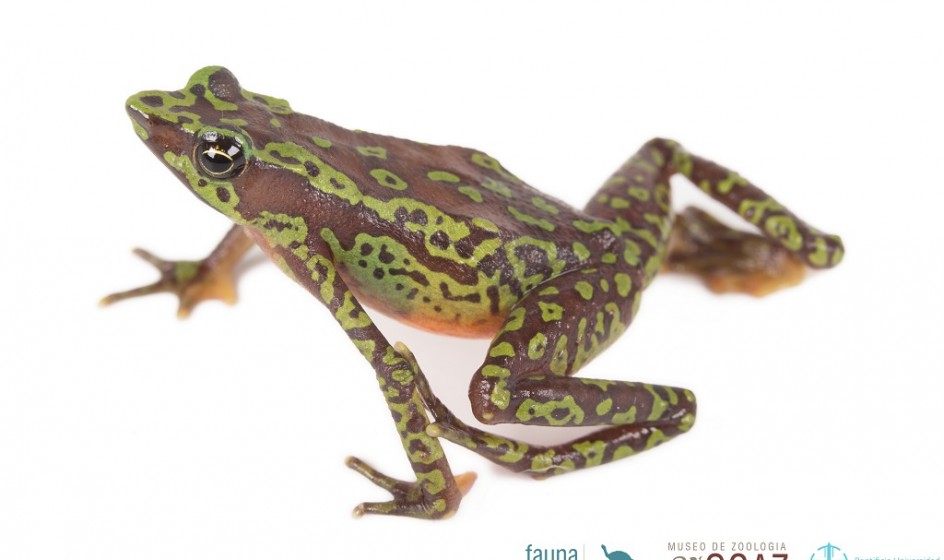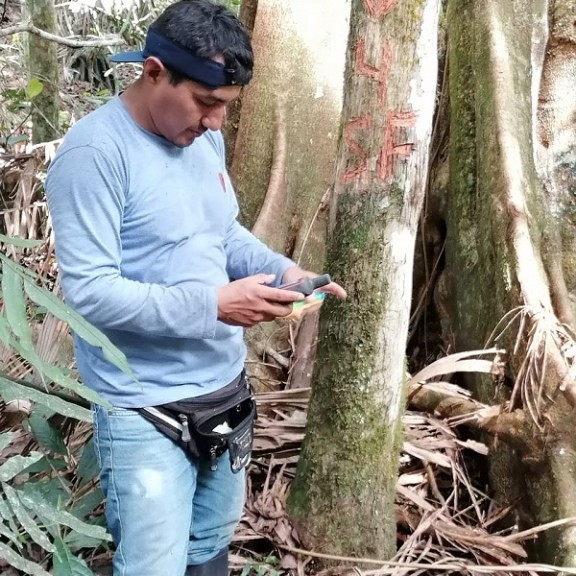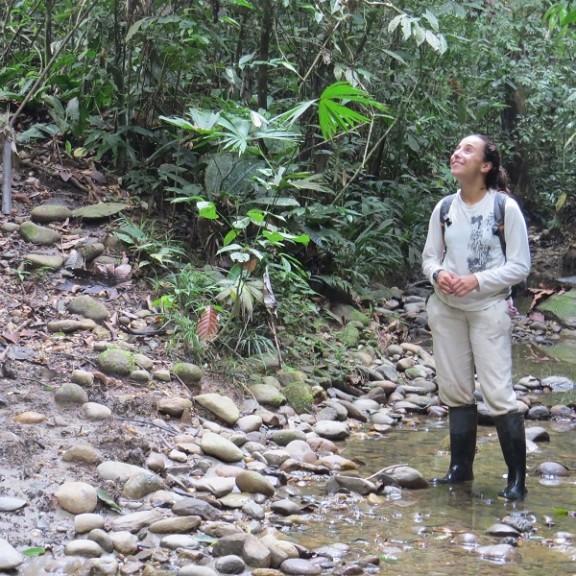

Atelopus seminiferus
Population status and conservation strategies for a newly discovered population of Atelopus seminiferus (Anura: Bufonidae) in the Mayo river basin, Peru
The genus Atelopus is considered as a local and national emblem in Peru. The country has 20 described species, with four species distributed in the department of San Martín (Atelopus andinus, A. pulcher, A. pyrodactylus and A. seminiferus). A. seminiferus was first described in 1874, and 133 years later it was rediscovered in 2007 after thought extinct with a new population recently registered in 2014. This new population presents a new color pattern and some variation in its morphology when compared to the nominal population. A. seminiferus is considered Endangered on the IUCN Red List, endemic to the department of San Martín with few isolated records of individuals in a habitat under great pressure from anthropic activities such as deforestation. The main objective of this project is to evaluate the population status of the new population of A. seminiferus, identify its threats and clarify its taxonomic identify, while involving local communities in all conservation activities highlight and making visible the importance of the species at the local, regional and national level.
Project objectives:
- Assessment of the abundance and population density, habitat use, habitat change and threat of the new population
- Determination of the presence and prevalence of chytrid fungus in the population
- Confirmation of the taxonomic status of the new population
- Updated conservation status on the IUCN Red List
- Socialization, capacity building and training of leaders of local communities for the conservation of the new population of seminiferus
- Identification of sustainable socio-economic potentials of the area, e.g. development of ecotourism
Planned activities:
- Field surveys to investigate the population abundance, density, habitat and threats
- Sampling of individuals to investigate presence of chytrid
- Genetic assessments to confirm the taxonomic status of the population
- Education and awareness activities for the local communities and authorities
- Capacity building workshops in order to develop and implement strategies for integral conservation activities together with the local communities
- Exchange with local communities for the development of sustainable socio-economic potentials, e.g. ecotourism
- Establishment of a common action plan for the area
This project is funded by Zoo Heidelberg.
Partner of the project are: Museo de Biodiversidad del Perú, Universidad Nacional de San Martín, Florida International University, Global Wildlife Conservation – Atelopus Survial Intiative




